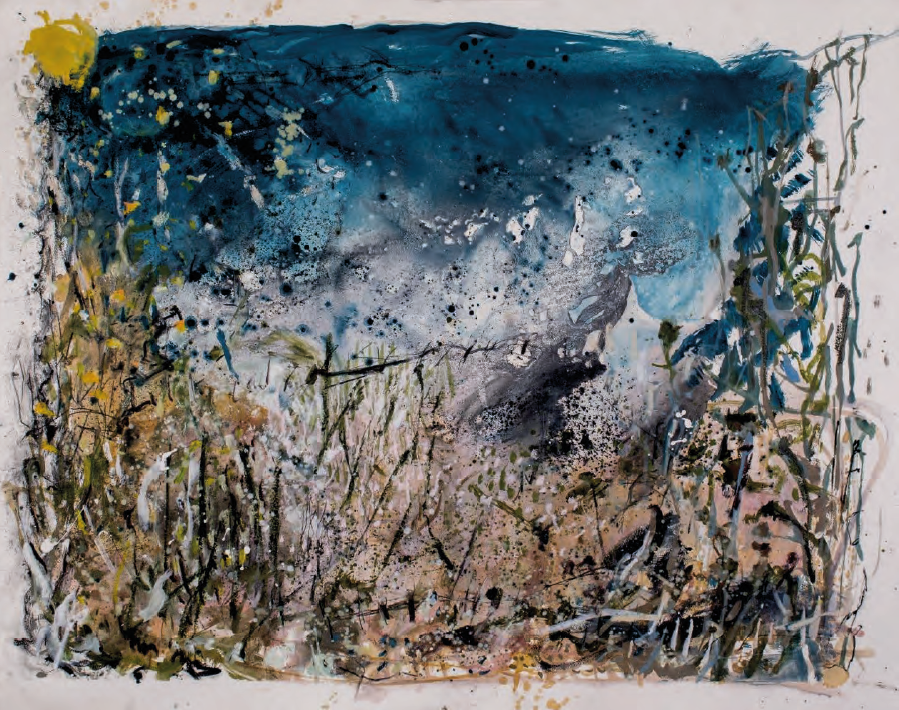
The future of farming and biodiversity in agricultural landscapes
What are the different perspectives on integrating farming and biodiversity? What can we do to create agricultural landscapes that sustain viable communities, profitable farming and rich biodiversity? These challenging and exciting questions were central to the 3-year research project ‘The Future of Farming and Biodiversity in Agricultural Landscapes: the Muttama Creek Catchment Area’.
The Muttama Creek Catchment is a tributary of the Murrumbidgee River and stretches from North of Cootamundra to North of Gundagai. It is situated in the sheep-wheat belt, a large area across south-eastern Australia known for agricultural production. It is also located in a unique bio-region with natural features and environmental processes that strongly influence the occurrence of plants, animals and other organisms.
The catchment area has experienced a lot of change and is facing increasing volatility and pressures, such as climatic and demographic changes and market pressures. This project was therefore developed to understand different land-use priorities and explore the future of farming and biodiversity.
Researchers from Leuphana University of Lüneburg in Germany joined those from the ANU Fenner School of Environment and Society, with the project team including Sustainable Farms and the Muttama Creek Landcare Group, to undertake this project.
Canola Fields near Muttama: Suzannah Macbeth

In 2020, 94 interviews were conducted with people in the region, including land managers, agricultural consultants and government organisations. The team identified four different viewpoints which represent archetypal ways of viewing the relationship between biodiversity and farming (see illustrations below).
Illustrations of the four viewpoints on the relation between farming and biodiversity: Sebastian Kempke

In 2021, two community workshops were held to discuss what the future should look like and what changes are needed to enable these preferred futures. In groups, participants discussed what they consider to be key issues, what would characterise a positive future and which new processes or technologies would lead to these futures.
The outcomes of these workshops were represented by six pathways which reflect different dynamics of change. Examples include whether transformation starts with individual farmers enacting on-farm change, whether technology is a key lever of change and whether policy changes are essential for any on-ground shifts in practices and methodologies.
Summary artwork. One of four pieces inspired by the workshop discussions: created by interpretive and abstract artist Julia Roche

The project team wrote a booklet which summarises the key findings from this project and provides ideas for individual and community actions as well as policy recommendations. It includes a guest chapter on natural assets on farms by Suzannah Macbeth from Sustainable Farms and a chapter on Indigenous knowledge and land management written by Peter Beath from the Cootamundra Aboriginal Working Party.
The booklet launch event was held at The Arts Centre Cootamundra on Thursday 18th August, 2022.
If you want to learn more about the project, you can visit the project’s Facebook page: https://www.facebook.com/FutureofFarmingandBiodiversity


